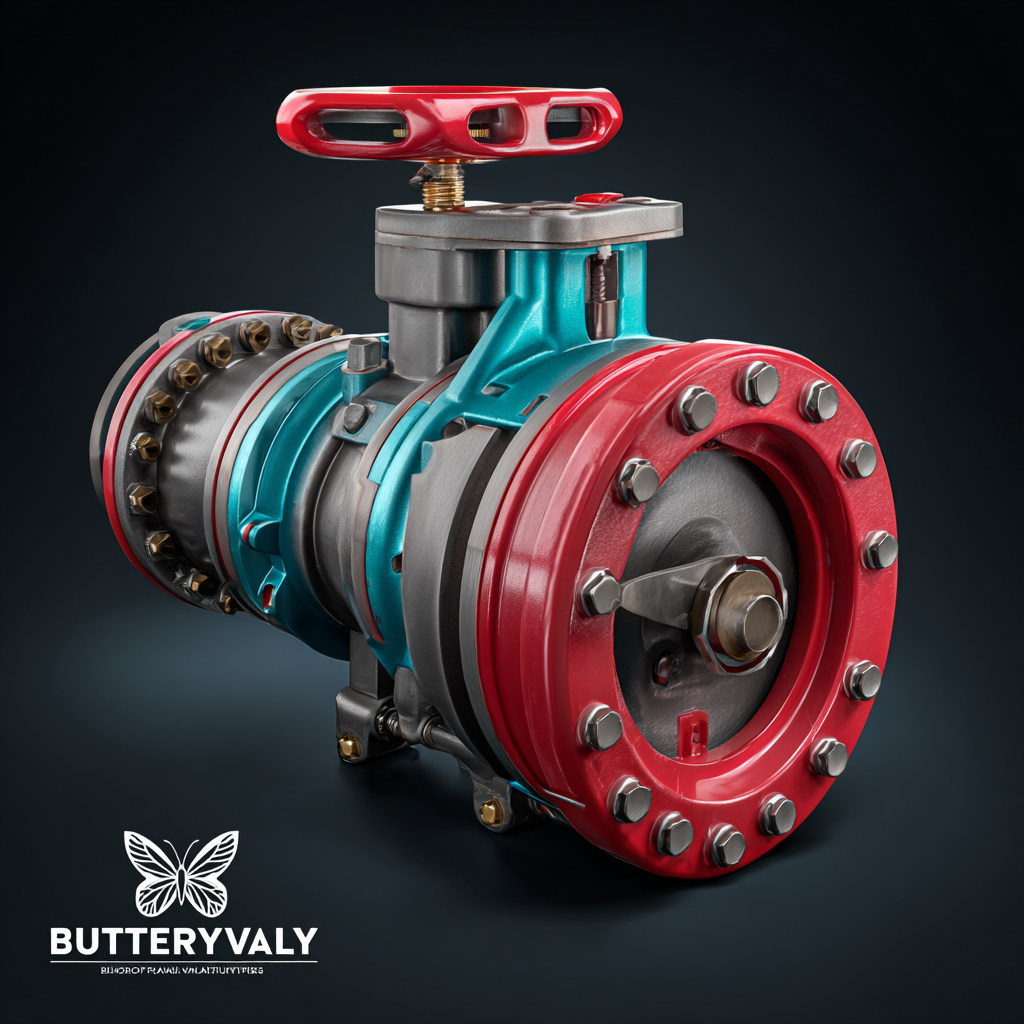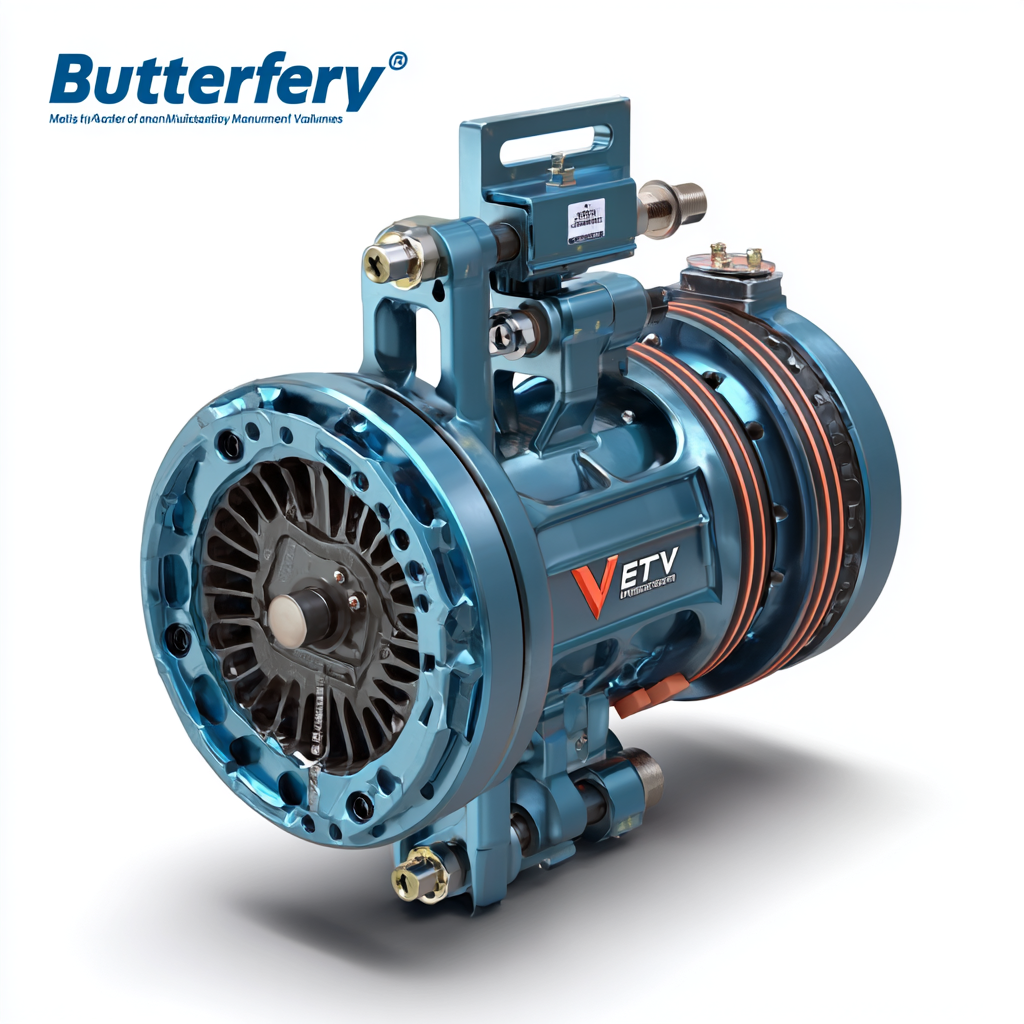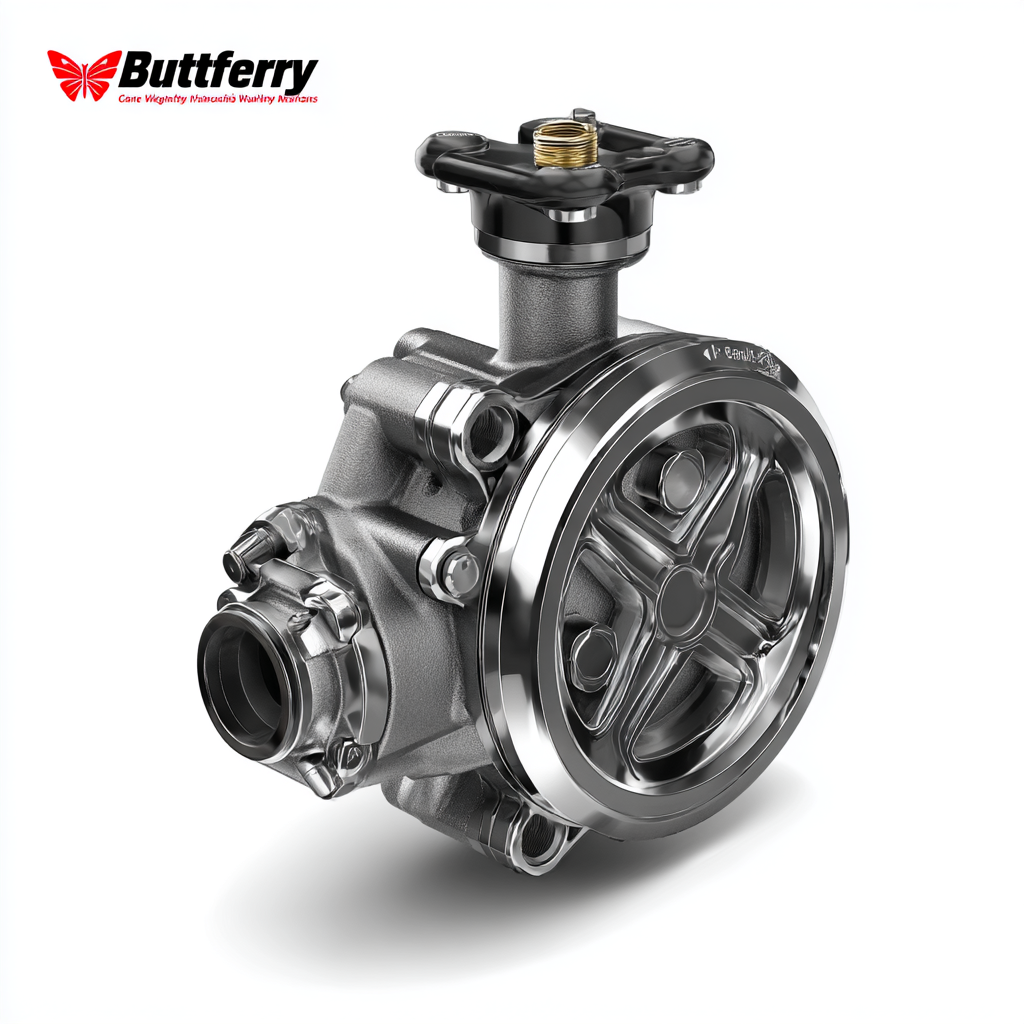- English
- Español
- Português
- русский
- Français
- 日本語
- Deutsch
- tiếng Việt
- Italiano
- Nederlands
- ภาษาไทย
- Polski
- 한국어
- Svenska
- magyar
- Malay
- বাংলা ভাষার
- Dansk
- Suomi
- हिन्दी
- Pilipino
- Türkçe
- Gaeilge
- العربية
- Indonesia
- Norsk
- تمل
- český
- ελληνικά
- український
- Javanese
- فارسی
- தமிழ்
- తెలుగు
- नेपाली
- Burmese
- български
- ລາວ
- Latine
- Қазақша
- Euskal
- Azərbaycan
- Slovenský jazyk
- Македонски
- Lietuvos
- Eesti Keel
- Română
- Slovenski
- मराठी
- Srpski језик

How to Identify Quality Manufacturers for the Best Butterfly Valve Solutions
In the rapidly evolving industrial landscape, the demand for high-quality Butterfly Valves is projected to witness significant growth, with the global market expected to reach USD 8.43 billion by 2025, according to a recent market analysis report. This surge is driven by the increasing need for efficient flow control in various sectors, including oil and gas, water treatment, and pharmaceuticals. As industries prioritize reliability and performance, identifying quality manufacturers becomes paramount. A thorough understanding of the key factors influencing the selection process, including regulatory compliance, material integrity, and innovative design, can help businesses secure the best Butterfly Valve solutions tailored to their specific needs. This blog will explore essential strategies for identifying reputable manufacturers that align with industry standards, ultimately ensuring optimal operational efficiency and safety.

Understanding the Importance of Quality Butterfly Valves in Industry
In industrial applications, butterfly valves play a crucial role in regulating flow and pressure within piping systems. The importance of quality butterfly valves cannot be overstated, as subpar products can lead to significant operational risks, including leaks and system failures. According to a recent industry report by MarketsandMarkets, the global butterfly valve market is projected to reach USD 7.5 billion by 2025, reflecting the growing demand for these essential components across various sectors such as oil and gas, water and wastewater management, and power generation.
When selecting butterfly valves, it is imperative to focus on quality to ensure reliability and efficiency. Quality valves are designed to withstand extreme conditions and provide long-lasting performance. For instance, valves constructed from high-grade materials like stainless steel and those meeting ISO standards offer greater durability and lower maintenance costs. Tips to consider include always checking for certifications and specifications that match your application needs, as well as looking for manufacturers who provide comprehensive testing data and performance guarantees.
Investing in quality butterfly valves leads to enhanced safety and operational efficiency. A study by the American Society of Mechanical Engineers (ASME) highlights that high-quality valves can minimize downtime and reduce the total cost of ownership. When sourcing manufacturers, prioritize those that offer extensive product warranties and have a strong reputation in the industry. A reliable manufacturer not only ensures you receive a high-quality product but also provides ongoing support and expertise to optimize your valve selection process.

Key Characteristics of High-Quality Butterfly Valve Manufacturers
When searching for quality manufacturers for butterfly valves, one must focus on several key characteristics that signify a reliable partner. First and foremost, a proven track record in the industry is crucial. Manufacturers who have been operational for a significant number of years often reflect their expertise and commitment to producing high-quality products. A review of their past projects and client testimonials can provide insights into their reliability and craftsmanship.
Another important factor is adherence to industry standards and certifications. High-quality butterfly valve manufacturers typically comply with international standards such as ISO 9001 or API 609. These certifications ensure that the products meet rigorous quality and performance benchmarks. Furthermore, an emphasis on innovation is indicative of a manufacturer’s ability to evolve with technology and market demands. Companies that invest in research and development are more likely to offer advanced solutions, ensuring that their products remain at the forefront of the industry.
Common Problems with Low-Quality Butterfly Valves to Avoid
When selecting butterfly valves, it’s crucial to recognize the common problems associated with low-quality options. One prevalent issue is the poor sealing performance that can lead to leaks, affecting system efficiency and safety. Low-quality materials often fail to create a reliable seal, allowing fluid to bypass the valve, which can result in substantial operational costs and environmental concerns.
Another significant problem is a lack of durability. Many cheaper butterfly valves are constructed with substandard components that wear down quickly, leading to frequent replacements. This not only increases maintenance costs but also causes unexpected downtimes in the operation. Additionally, improperly designed butterfly valves might have inadequate flow characteristics, leading to pressure drops or turbulence in the system, which can hamper overall performance.
Choosing high-quality butterfly valves means investing in reliable, safe, and efficient solutions. By avoiding low-quality valves, manufacturers can improve system performance, reduce operational risks, and ensure longevity in their equipment. Hence, identifying reputable manufacturers who prioritize quality can significantly mitigate these risks.
Quality Assessment of Butterfly Valve Manufacturers
This chart represents the quality assessment scores of various butterfly valve manufacturers. Higher scores indicate better quality, which is essential for avoiding common issues associated with low-quality butterfly valves.
Essential Questions to Ask Potential Manufacturers
When seeking quality manufacturers for butterfly valve solutions, it's crucial to ask the right questions to ensure you find the best fit for your needs. Start by inquiring about their experience in the industry. A manufacturer with a proven track record can offer insights into their production processes and innovation capabilities. Questions regarding the materials they use and their quality control measures will reveal their commitment to durability and performance. Additionally, knowing their certifications and compliance with industry standards can provide confidence in their products.
Another essential area to explore is their customer support and service offerings. Ask about their lead times, delivery options, and how they handle warranties and post-sale support. It’s important to understand if they can offer technical assistance and custom solutions tailored to your specific requirements. Engaging in this dialogue not only helps you gauge their responsiveness but also establishes a partnership approach that is vital for long-term collaboration.
Evaluating Manufacturer Certifications and Standards for Reliability
When selecting quality manufacturers for butterfly valves, evaluating their certifications and compliance with industry standards is crucial for ensuring reliability. According to the World Standards Cooperation, adherence to recognized standards such as ISO 9001 is vital for manufacturers aiming to demonstrate quality management practices. Additionally, certifications like API 609, which specifically governs the manufacturing of butterfly valves, can serve as a benchmark for assessing performance and durability.
**Tip:** Always ask for documentation regarding a manufacturer's certifications. This can provide insight into their commitment to quality and adherence to safety regulations, which is essential for long-term performance in critical applications.
Furthermore, manufacturers that participate in third-party evaluations increase their credibility. Reports by the Valve Manufacturers Association indicate that companies regularly audited by external organizations typically exhibit lower failure rates, enhancing operational safety in industrial environments. A strong track record of certification and compliance not only reflects a manufacturer's commitment to quality but also provides peace of mind for clients relying on these essential components.
**Tip:** Verify the certifications through the issuing bodies to ensure their authenticity. This extra step can prevent potential setbacks in project timelines and costs related to valve failures.

